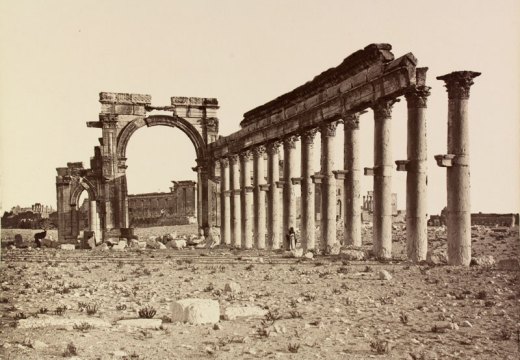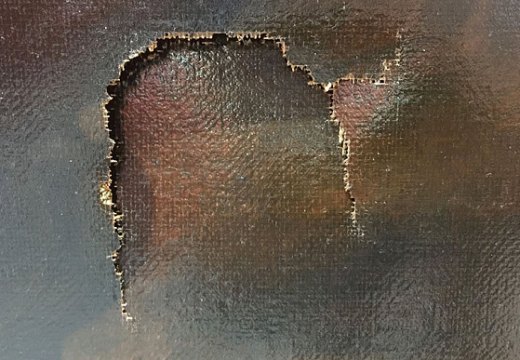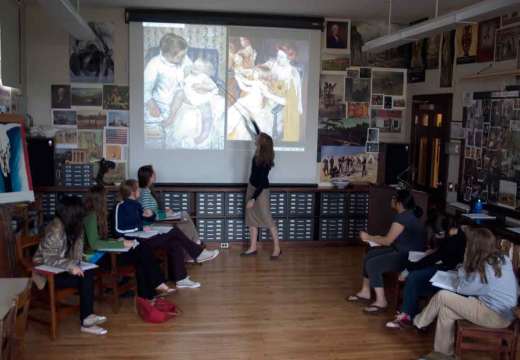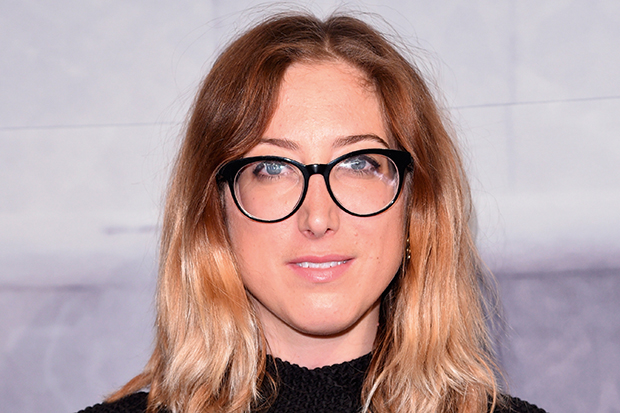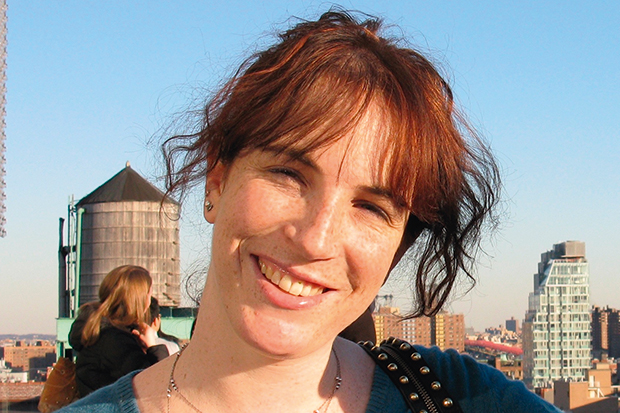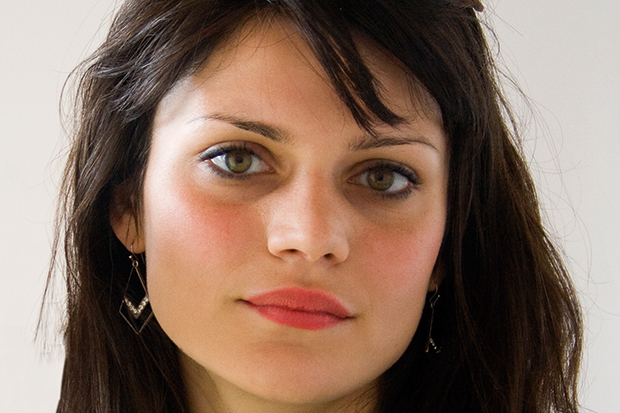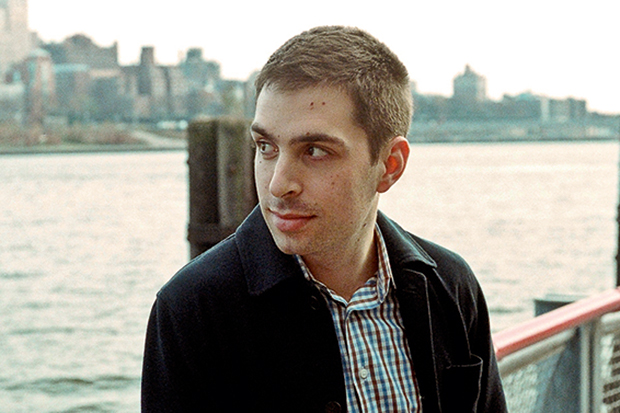You’re president of the Arison Arts Foundation and a trustee of the National YoungArts Foundation, both of which provide support and opportunities for young artists. How did you first become enthusiastic about this cause?
When I was 19 years old, my grandmother took me to a YoungArts event. She and my grandfather had begun the organisation in 1981, but I didn’t know the impact it had. At the event, a mother of one of the students on the programme found out I was the granddaughter of the founders, and walked up to me on the verge of tears, saying she wanted to thank me for everything we’d done for her son. She said that seeing him there, being recognised with these other talented young artists, made her realise she should support his passion.
It was an extremely pivotal moment for me. I suddenly felt the impact that YoungArts was having, not only on the lives of young artists but also on social perceptions of the value of the arts. I immediately changed my major from Biology to Business and French, with a minor in Art History, and joined the board of YoungArts within the next couple of weeks.
Do you feel there’s a greater need for this type of support than there may have been in the past?
Whenever funding is cut, I think arts education is always the first thing to go. I do see it as the responsibility of the private sector and individuals to step into that role, for many reasons – having people who are really passionate about the cause will not only benefit the arts financially, but means having ambassadors for the arts and arts education across the country and the world.
You collect the work of emerging artists, too. How important is the connection you forge with them?
I think it’s vital – the personal connection gives greater meaning to the piece. For every piece that I have, I’ve spent time in the studio, got to know the artist, and even commissioned a work. And because I work with artists from such a young age – as young as 15, potentially – I can watch their work develop. There are people who buy art for investment purposes and have it in storage somewhere, but I love living with my art. Everything I own is on the walls.
What are the greatest successes of the YoungArts Foundation?
I think the initial masterclass workshops we offer have the biggest impact. They come at a key moment in these young artists’ lives, when they’re at a point where they’re either going to continue with their art or pursue a different career. I think that support and encouragement – both financial and emotional, through the mentors – is really key in helping them make that decision. I’m very proud of our institutional partnerships, too. We have visual artists who can now say that they’ve exhibited works, aged 17, in MoMA or MoMA PS1.
You’ve helped organise fundraising events for major institutions such as the Guggenheim. How do today’s young patrons differ from the philanthropists of previous generations?
Involvement. In the past, philanthropy was generally perceived as writing a cheque – which is wonderful, and of course all these institutions need financial support. But there’s now a level of personal involvement that’s really key. It’s donating time, and also being an ambassador. It’s always having your cause in the back of your mind, and thinking how you can help.
Unlimited access from just $16 every 3 months
Subscribe to get unlimited and exclusive access to the top art stories, interviews and exhibition reviews.


